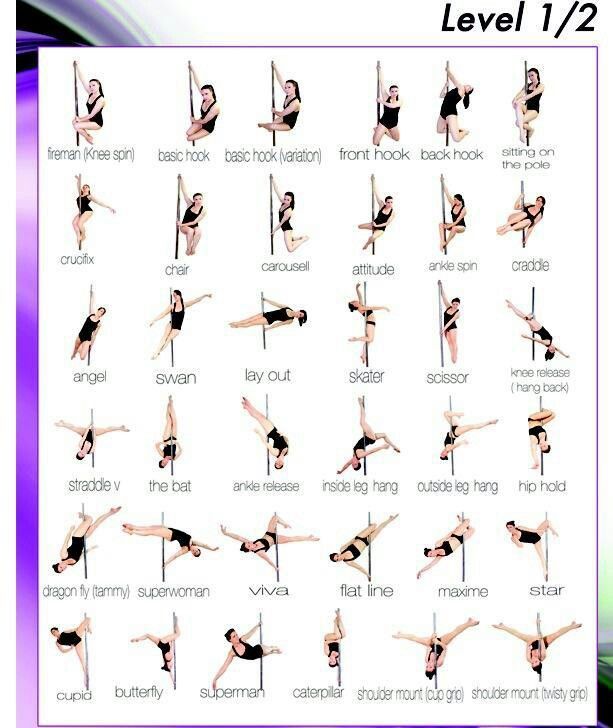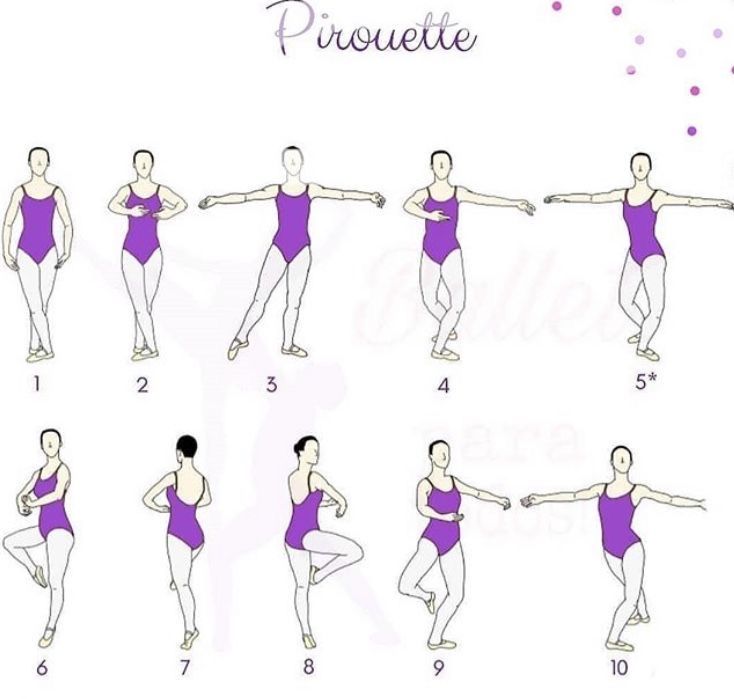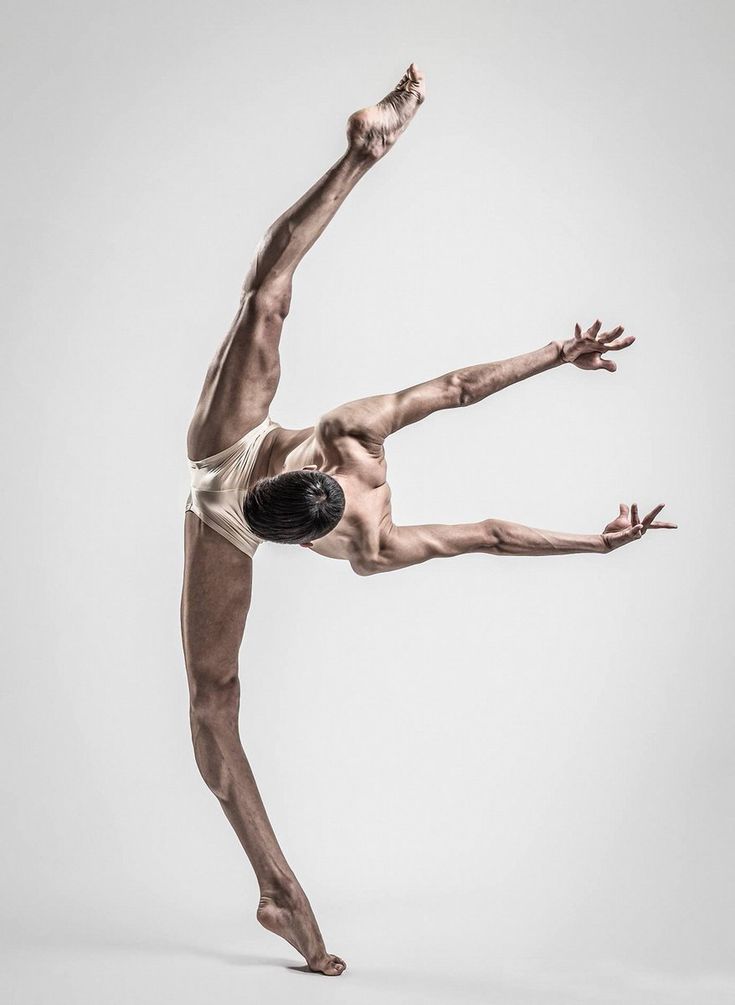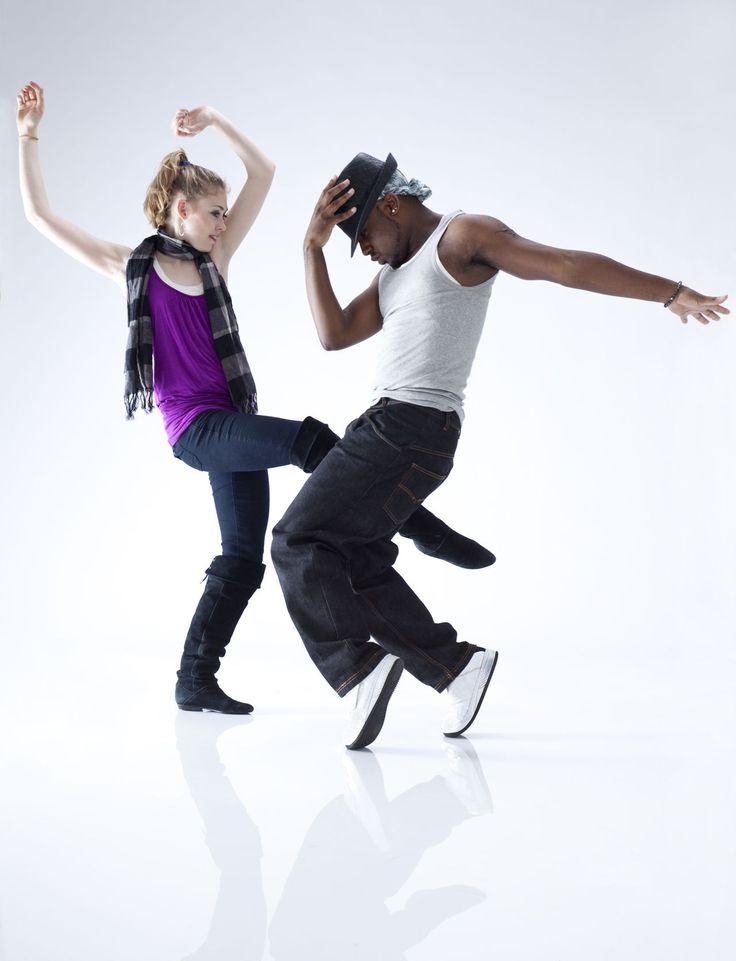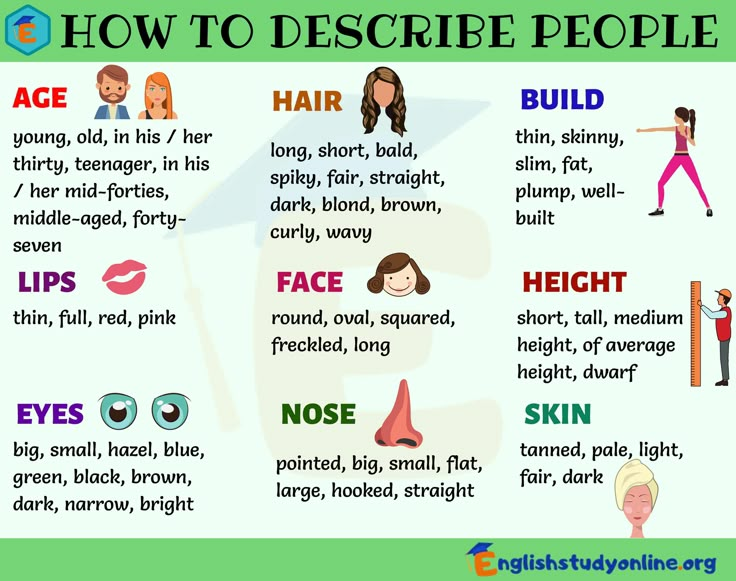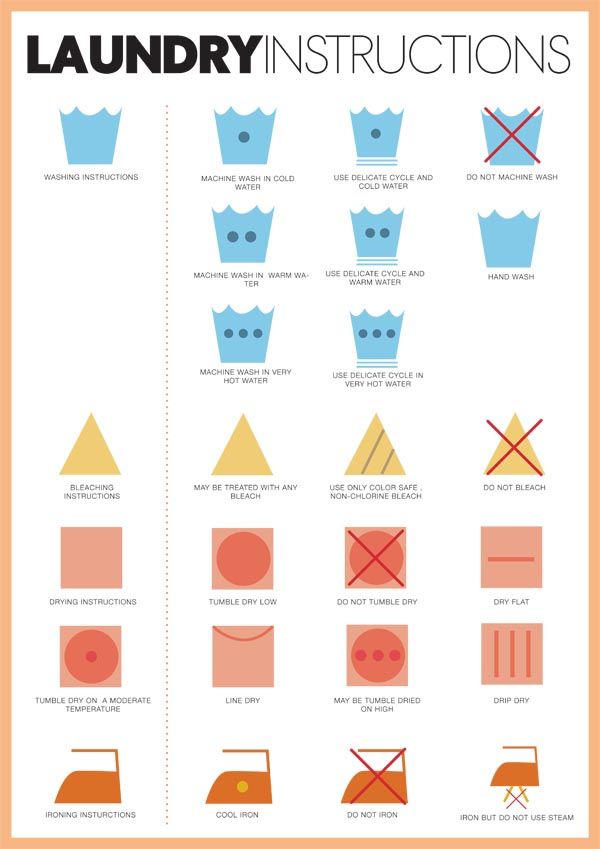How much do pole dancers get paid
How Much Do Pole Dancers Make in 2022
There are multiple factors that determine how much money a pole dancer makes, we will be answering all your questions and more in this very popular question.
Anyone who is in the business of selling their time will be compensated based on market forces — demand, cost, skills and competition for jobs all come into play to determine what you make.
But before we delve any deeper on the topic of how much a pole dancer is paid, we have to make you understand Pole dancing as a Profession.
What is Pole dancing?When people think about pole dancing, the first thing that comes to their mind is a women wearing revealing clothing dancing on a stripper pole.
In reality, pole dancing is an athletic dance form that combines spinning and tricks on a vertical pole.
It has been around for centuries in different forms throughout Asia, Africa and Europe.
Pole dancing is considered to be the only kind of dance that requires an individual to compete against themselves.
It is not about how you look but about pushing yourself beyond your limits…
The International Pole Dance Fitness Association (IPDFA) has strict rules when it comes to competitions.
The dancers must wear appropriate attire (tops covering the breast and bottoms covering the genitalia), no shoes, and must perform the routines to music with a beat of between 70 – 140 bpm.
There are different levels of pole dance fitness ranging from beginner to advance.
The dancer’s physique is not important but rather their control of their body while they execute complex moves.
If dancing on the pole seems too intimidating there are other forms of pole dancing.
Pole fitness is also popular at exercise classes for women who do not want to dance on the pole, rather they just want to get fit through training with it.
A lot of gyms now have poles installed so that the participants can build up their strength and endurance without having to leave the comfort of their gym.
Back to our main question now, how much do you think pole dancers makes on average per annum?
Based on the information available on Salary.com, some exotic pole dancers can make as high as $53,590 but the range can fall anywhere between $44,161 to $65,431.
Again, there are multiple determinants for this.
From personal accounts from youtube, twitter and social media, exotic pole dancers have been said to have made $200-$500 per hour depending on many factors.
If you get a contract to dance at a club or other establishment for a set number of hours each week (instead of per performance), the pay can be as high as $75-$100/hour.
Now with Onlyfans, many exotic dancers can make a hefty side income whilst using the club as a way of prospecting new client subscriptions.
For the low end
For an average Average Pole dancer gig in the U.S., you can expect to make anywhere from $20-$35 an hour for a performance, or possibly a bit more depending on the club and if you have any special skills, and the factor without clothes.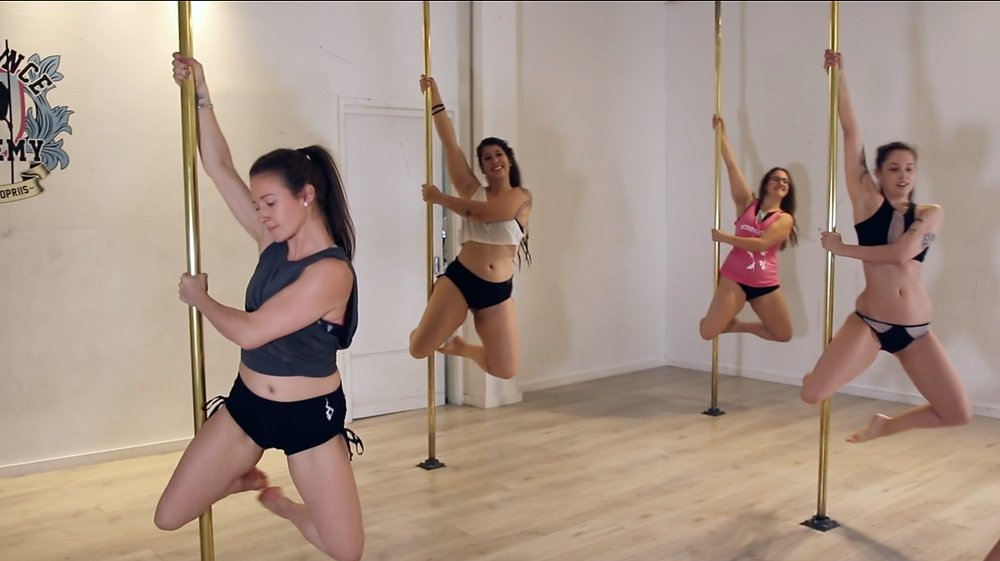
Some top-end professional Pole dancers can make thousands of dollars per month by teaching pole dancing — but again, this is due to their prodigious skills and acute business sense in working with studios and product sponsors to market
Some of the factors that can affect the salaries of a pole dancer is additional skills, having regular customers and knowing the business by spending a number of years on the scene.
All these factors plays a significant role on determining the amount of money that a pole dancer will be paid.
Factors determining the average salary of a pole dancerWhat is the salary of a pole dancer?
It depends on where you are working, your level of attractiveness and dance skills to be able to determine the average salary.
The following are some major factors that affect salary:
Type of club or barGenerally speaking, clubs with more customers will pay higher salaries than those that have less customers.
Although dancers with no experience can earn approximately $50 an hour, experienced dancers are able to earn up to $1500 per night.
Dancers’ attitude and work ethicWorkers who are not reliable will receive lower pay than those who are responsible for their jobs.
Dance SkillsYour dance skills determine how much you can earn as a dancer.
Practice, practice and more practice will help dancers become good at pole dancing and increase their chance of getting high-paying customers.
The size of your local clubFinding out how many clubs there are in your area is the first step to finding out what dancers make on average.
Dancers working for large clubs will make more money than those who work in small clubs.
Do you own a club?If you own your club, then you can keep all of the money that you bring in while working.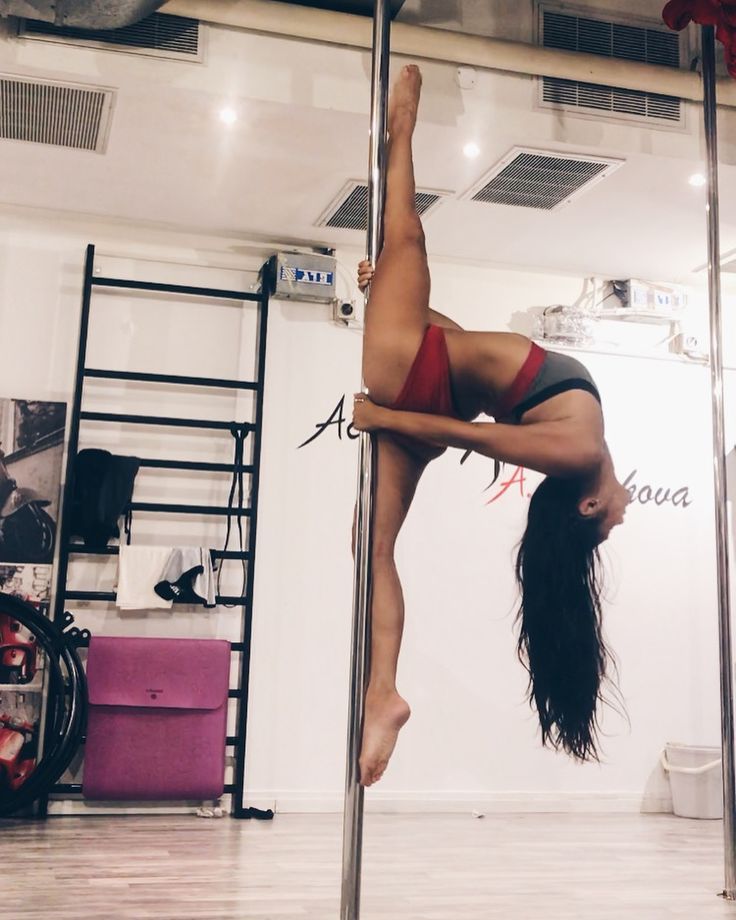
Dancers at private clubs are paid more than dancers at public or franchised clubs.
Promotional eventsPromotional events also increase dancers’ earnings.
Participating in competitions and guest appearances can greatly enhance your earning potential.
Pole Dancing skillsPole dancing skills are also important when trying to determine what a dancer makes per night.
Dancers who can perform more advanced tricks and spins earn more than those who cannot.
Number of hoursFinally, the number of hours a dancer works in a shift affects her earnings.
Dancers will naturally make less when working less, so it is up to them to decide if they want to work longer hours in order to increase their earnings or not.
FAQsHow much does the average pole dancer make?This will greatly depend on a number of factors among them the skills, location, the club, promotional events and few others.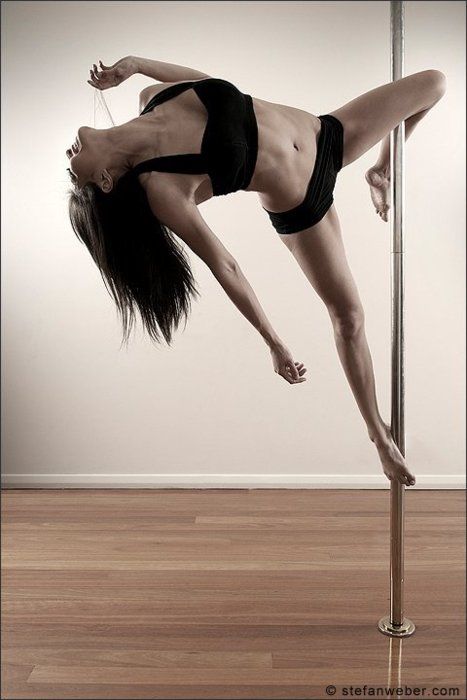
It can vary but on average, a beginner dancer that has marketed her career right can make up to $100 per hour.
How much does a pro dancer make per year?The average annual salary for a pole dancer can vary.
Top earners make up to $168,500 while the average earners make $67,839 per year.
ConclusionA survey by Men’s Health magazine in 2014 showed that 51 percent of men believed that dancers with an average level of attractiveness, dance skills and work attitude could make up to $2000 for one night on the stage.
However, only 10 percent expected performers would receive compensation more than $1000 per night on average.
We hope that this post has helped you greatly in answering this question.
How Much Do Pole Dancers Make in 2022
For those of you who are considering taking up pole dancing as a profession, it’s always nice to get an idea of how much do pole dancers make.
Unfortunately, no EXACT data could be found on the internet. However, that doesn’t mean we can’t do the math ourselves!
We’ve done all the research and created this detailed guide based on what we learned to give you some idea of how much money you can expect to earn as a pole dancer in 2022.
How Much Do Pole Dancers Make an Hour
The average hourly wage for a pole dancer in the US is about $20 according to payscale. While the top 10% of earners make more than $30 an hour and the bottom 10% of earners make less than $10 an hour.
Of course, these are just averages – your actual earnings will depend on factors like your experience, geographic location, and the type of venue and place where you work.
How Much Do Pole Dancers Make a Day
The number of hours a pole dancer works and the rate that she is paid per hour determines how much money she makes in a day. Pole dancers typically work anywhere from six to eight hours a day, and the average rate for their services is usually twenty dollars an hour.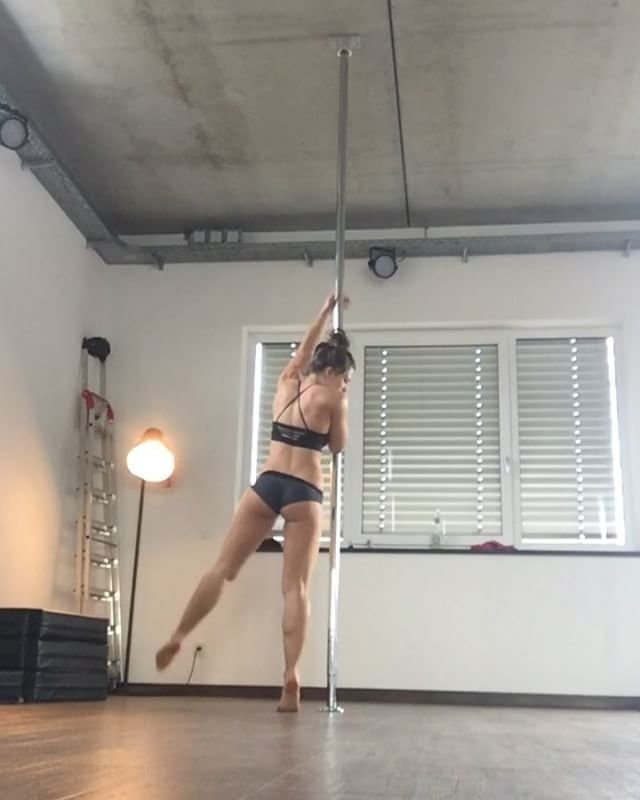
Also read: Best Songs for Pole Dancing
Now let’s do some math!
If they work for six hours, it is six times twenty, which equals 120 dollars. So pole dancers make anywhere around $120 – $160 a day.
*This does not take into account any of the tips that might receive or overtime hours worked.
How Much Do Pole Dancers Make a Week
The total amount of money that a pole dancer makes in a week is determined by the number of days that she works and her daily wage.
An average pole dancer makes between $120 and $160 in a single day’s work.
If the pole dancer works 5 days a week, she has the potential to make around $600 – $800 a week.
On the other hand, if the dancer works all seven days of the week, she can expect to make somewhere in the range of $840 – $1120 a week.
How Much Do Pole Dancers Make a Month
How much a pole dancer makes a month depends on the number of days she works in a month and the amount that she is paid per day.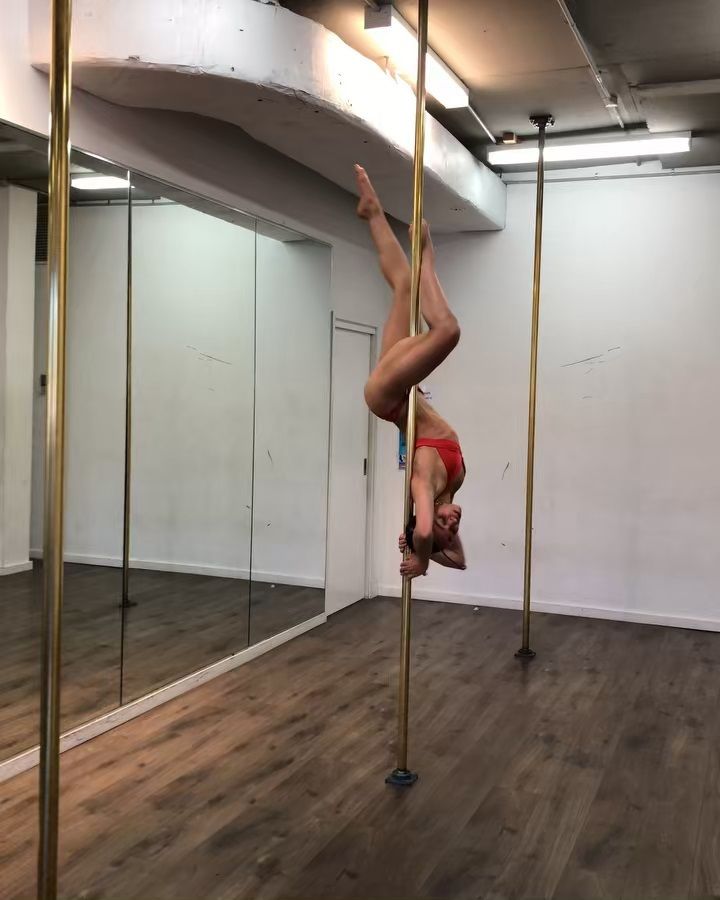
As we previously stated, a single day’s job can bring you anywhere between $120 and $160 for the typical pole dancer. So this multiplied by the number of days work should give you an monthly average.
If the dancer works 24 days, she can make around $2880 – $3840 a month. And if she works 26 days the pole dancer can make $3110 – $4160 a month.
However, a highly experienced performer can make considerably more than that.
How Much Do Pole Dancers Make a Year
Assuming that you work for a total of 52 weeks per year will allow us to determine how much you will be paid annually (with 2 weeks of paid time off).
When working a job that requires a full-time commitment, you can expect to put in an average of 40 hours per week in the club.
2,080 hours of labor time in a year is equivalent to 40 hours per week times 52 weeks.
A yearly income of $41,600 is calculated by multiplying the hourly wage of $20 by the number of working hours in a year, which is 2,080.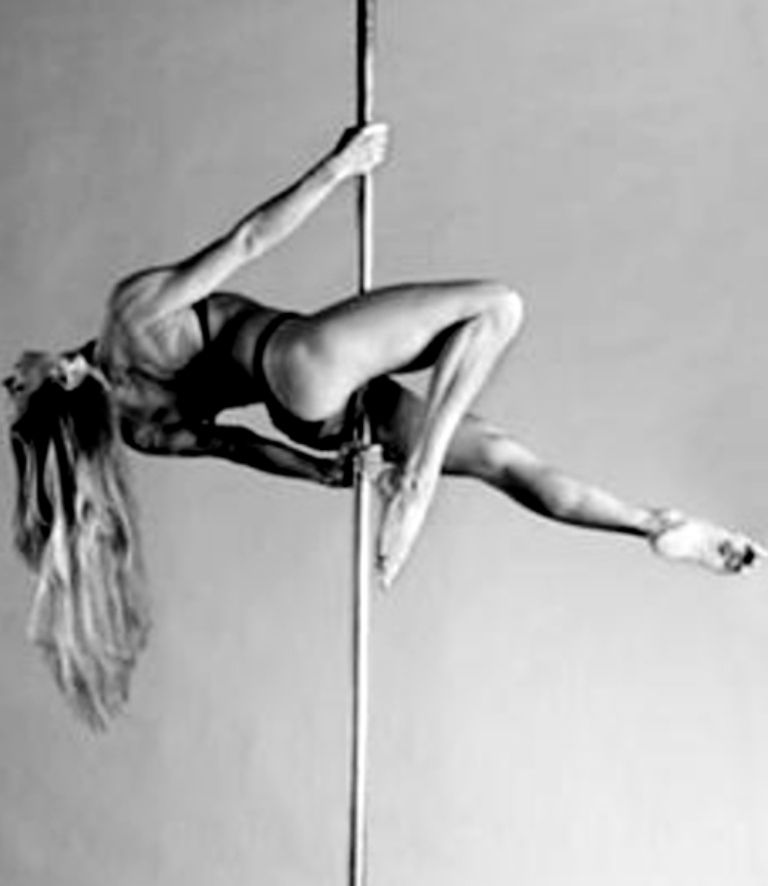
Additional compensation may come in the form of bonuses, commission, tips, or a share of the profits.
Also read: Pole Tricks
Pole Dancer Salary Comparison Table
Here’s a quick break down of how much pole dancers make:
| $20 An Hour | Total Income |
| Yearly (262 work days) | $36,680 |
| Monthly (175 hours) | $3500 |
| Weekly (40 hours) | $800 |
| Daily (7 hours) | $140 |
Factors Determining The Average Salary of a Pole Dancer
To be able to determine what the average salary is, it is necessary to consider the location of the worker’s place of employment, their level of pleasantness, and their level of dance ability.
The following are some of the most important aspects that play a role in determining salary:
1. Type of Club or Bar
In general, clubs that have a larger number of customers will pay a better salary to their employees than clubs that have a smaller number of customers.
2. Number of Hours
The amount of money a dancer makes also depends on the number of hours she puts in during a shift.
When dancers put in fewer hours of work, they will inevitably bring in a lower income.
It is up to the dancers themselves to decide whether or not they wish to increase their earnings by working longer hours.
3. Working Experience
Even though dancers with no experience can earn roughly $50 per hour, experienced dancers have the potential to earn up to $1,500 per night.
4. Pole Dancing skills
Your ability to dance has a direct correlation to the amount of money you can make as a dancer.
Those dancers who can perform more complex tricks and spins earn more money than their peers who are unable to do so.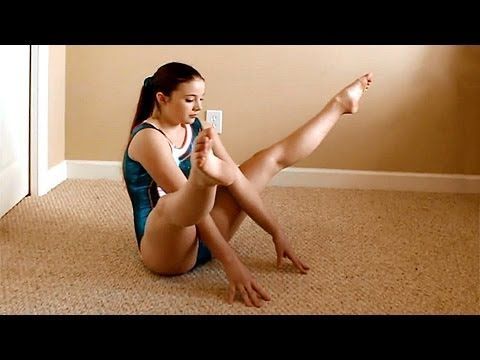
Dancers can improve their skills at pole dancing and increase their chances of landing high-paying clients by engaging in repeated, focused practice sessions.
5. The Size of the Club
The first thing you need to do to figure out what dancers make on average in your region is to learn the number of clubs that are located in your area.
Dancers who are employed by large clubs will make significantly more money than their counterparts who are employed by smaller clubs.
6. Promotions
Earning potential for dancers is also increased by participating in promotional events.
Increasing your profile through activities such as contests and guest appearances can significantly boost your earning potential.
7. Season
The wedding season, which occurs during the summer and spring, brings substantial sums of money to business-oriented pole dancers.
Average pole dancers can make it on a few hundred dollars, but the wedding season can bring in much more.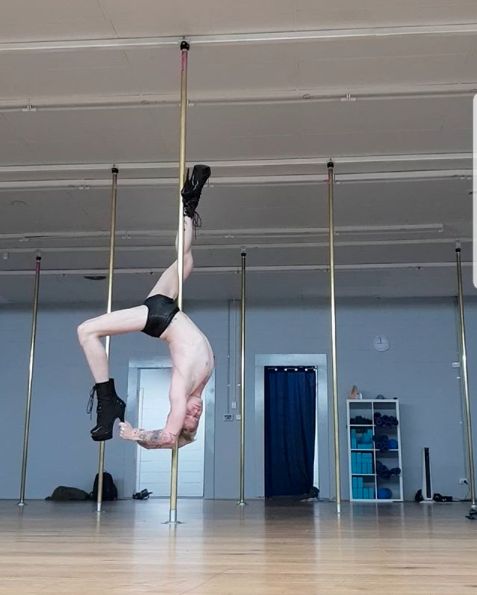
A pole dancer’s earnings might be increased by performing at multiple bachelor and bachelorette parties.
How Much Do Pole Dancers Make a Year in the UK?The average income of a pole dancer in the United Kingdom is £29,250 per year, which is equivalent to £15 per hour. The starting salary for an entry-level role is £25,350 per year, while professionals with more experience can earn up to £37,500 annually.
Can I Pole Dance Without Being a Stripper?
You certainly do not need to be a stripper to pole dance. Acrobatic tricks and motions that utilize a pole are required for pole dancing; nevertheless, pole dancing does not need stripping or other erotic movements.
A exotic pole dance teacher about the complexities of the most feminine pole dance
Anna Parfenova has been living and teaching the art of exotic dance in Moscow for three years now, she is a pro in her field and a winner of international festivals. But when Anya accidentally met the pylon in Vladimir, it was far from the heights.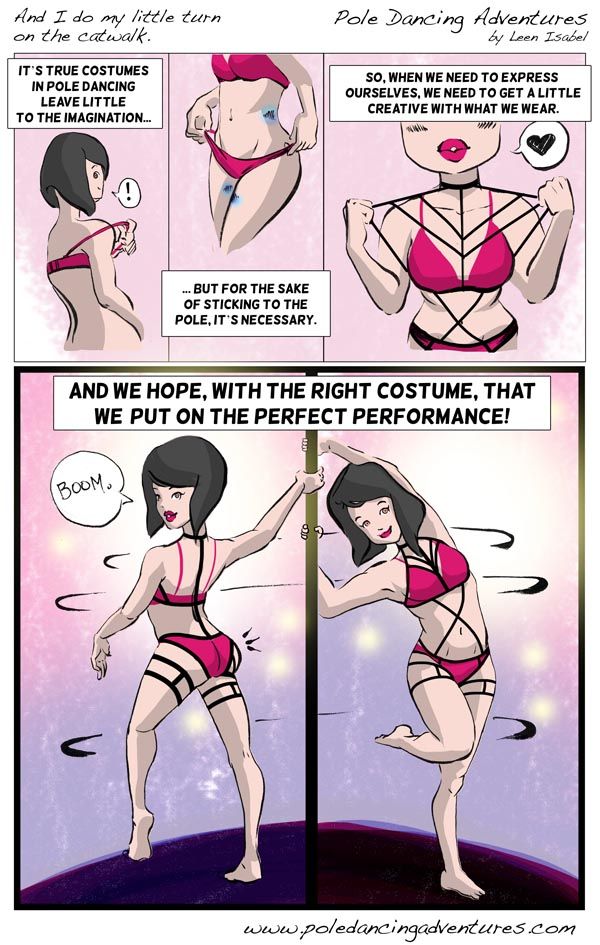 The pole dance industry was just beginning to develop, and the girl back in 2013 was not as physically strong as she is now. This happened after the university, when the future dancer graduated from the Vladimir philological faculty.
The pole dance industry was just beginning to develop, and the girl back in 2013 was not as physically strong as she is now. This happened after the university, when the future dancer graduated from the Vladimir philological faculty.
“Sport was instilled from childhood, I did rhythmic gymnastics for about seven years. Often people who exercised as a child, and in adulthood, try to find suitable physical activity for themselves. It so happened that I met a pole coach. I don't have any super stories that I wanted to do just that. The choice is rather dictated by a combination of circumstances.
Anya no longer remembers why she took a liking to pole dancing. She attended one class, then went to train at another school. Only sensations remained in memory. Samples of pole dance were given to the girl with difficulty, special abilities were also not observed. Many girls, says Anya, made progress much faster and honed the elements.
“At first I was engaged in pole dance, which is danced not on heels and consists almost entirely of tricks. I didn’t have enough strength to pull myself up somewhere, I was afraid to hang upside down. In fact, these are common fears among beginners. Over time, everything is developed, but pole dance is not as simple as it seems. Each direction has its own nuances. For example, you need good coordination, memory, stretching and pumped up muscles.
I didn’t have enough strength to pull myself up somewhere, I was afraid to hang upside down. In fact, these are common fears among beginners. Over time, everything is developed, but pole dance is not as simple as it seems. Each direction has its own nuances. For example, you need good coordination, memory, stretching and pumped up muscles.
In order to achieve a result, Anya was ready to wait. Often, girls who want to move beautifully on the pylon find themselves captivated by alluring pictures from the Internet, and in a real workout they despair and give up what they started. But Anya was ready to invest her strength, time and money in her development. It took the girl more than three years to reach a sufficient level of ownership of exotic dance!
“There is some point, after passing which you can conditionally classify yourself as a professional. All this is very relative. The main thing is to develop and show your strengths. For me, this is a stretch, it looks spectacular, and it seems that I have reached a high level in this. But I won’t be good at complex power elements. Any pro has his weaknesses, and this is absolutely normal, we are all human. Superheroes don't exist."
But I won’t be good at complex power elements. Any pro has his weaknesses, and this is absolutely normal, we are all human. Superheroes don't exist."
The first performances are not always successful. As Anya explains, showing oneself at specialized championships means gaining experience, especially when you are a beginner. Before the jury appear dancers in different categories and with different baggage of knowledge. That is, the first few championships, the girls carefully observe what is happening and learn:
“There are certain protocols with clauses. If you have worked through each of them, then it is possible to take a good place. If you are just dancing a beautiful choreography, but have not thought through the image, then the overall score will be lower. In addition, during the first performances you feel awkward on stage, but then you get used to it and prepare for the competition purposefully.”
A year and a half after the start of training, Anya decided to retrain and go to exotic pole dance. This is a more passionate offshoot of pole dancing, where a good stretch can go a long way. Another fundamental difference between exotics is the presence of high-heeled shoes, that is, strips. The femininity of the dance attracted the girl.
“Without the experience of walking in heels, it will probably be hard at first. Although I have never met girls for whom this task is insurmountable. Dance shoes vary in heel height and platform, there are four options. For beginners, the lowest ones are suitable: a five-centimeter platform and a fifteen-centimeter heel. Let's take it higher. It doesn’t hurt to stand on them, except that during a performance, through negligence, you can hurt yourself with a heel.
These are stage shoes, the girl clarifies, and dancers don’t walk around in them just like that - it’s uncomfortable.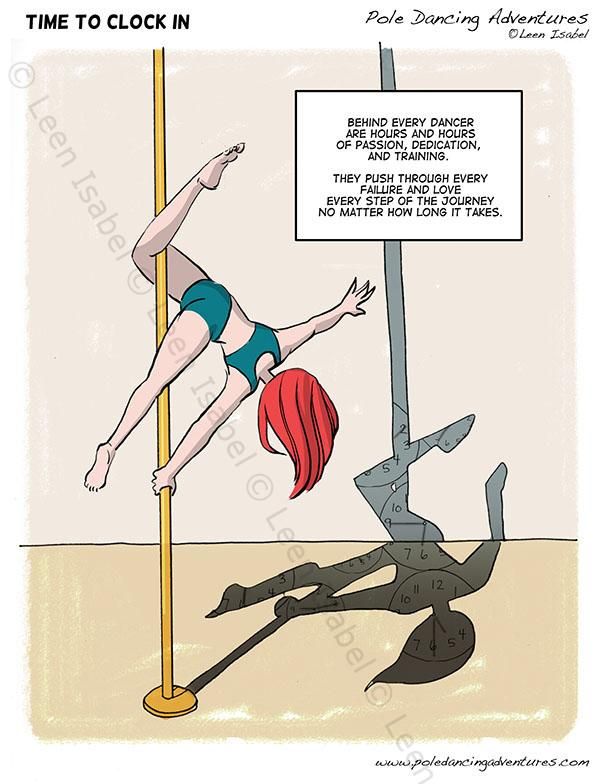 Immediately after the performance, they remove their weapons, and put on ordinary clothes over the costume (often revealing). In underwear and high heels in real life, no one walks around, only to maintain the image in the framework of competitions or photo shoots.
Immediately after the performance, they remove their weapons, and put on ordinary clothes over the costume (often revealing). In underwear and high heels in real life, no one walks around, only to maintain the image in the framework of competitions or photo shoots.
“Whatever one may say, exotic came from striptease, although in the dancers' party they don't like to remember this. We want to separate ourselves from the vulgar part of all this, when they want to offend our dance, compare it with a striptease in a not very pleasant context. Shoes came from there, but there is another important point. In exotic pole dance, there are elements when you need to slide with the tips of your toes, stand on them, and pull your foot. In front, at the very edge of the platform of the shoes, there is a special beveled part, thanks to which we do not damage the fingers.”
Shoes are a tool for expressing exotic vocabulary, Anya says. Almost like ballerinas, pole dancers stand on their toes, creating a beautiful leg line without a break.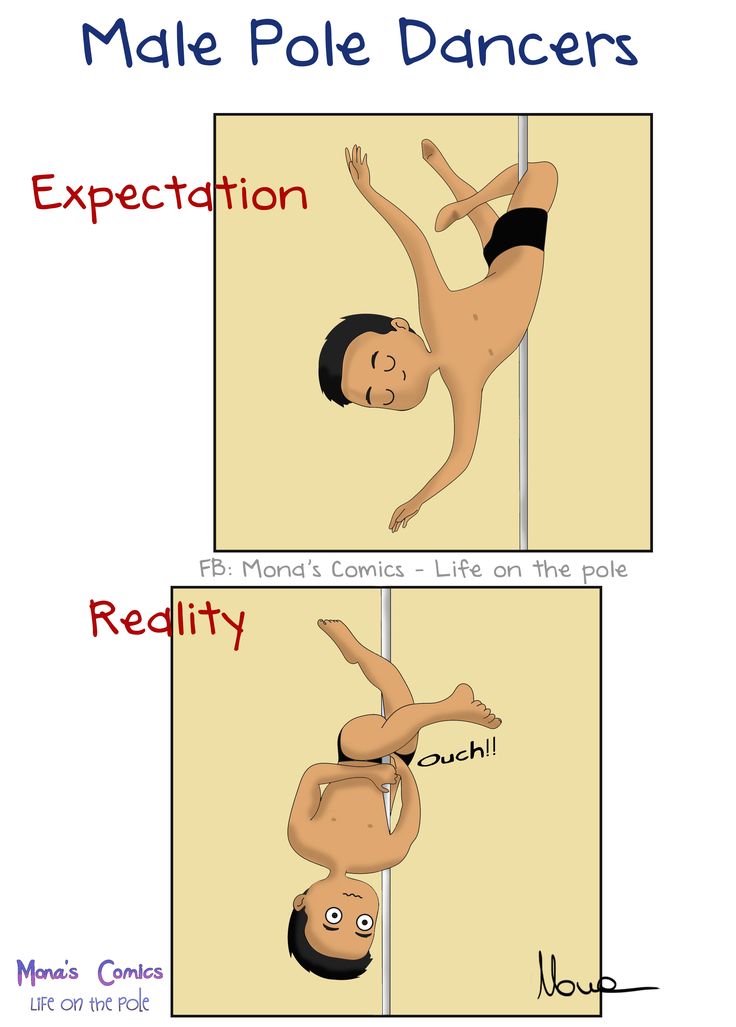 Can you imagine girls in pointe shoes dancing pole dance? Well, that's why they work in heels.
Can you imagine girls in pointe shoes dancing pole dance? Well, that's why they work in heels.
“I liked that exotic is a combination of dance choreography and sports tricks. Two years after changing my profile, I started teaching in Vladimir, it was 2015. At that time, the level of awareness of the townspeople was low, the direction was just in its infancy. To be objective, my level was not very good either, but since the pros in the city could be counted on the fingers, and the girls wanted to study, the students who achieved some results became teachers.
Anya always had a good stretch, which would not interfere with future dancers, so the director of the local school asked her to teach beginners. Now she does not come to Vladimir often, for the sake of master classes, because in 2017 the girl moved to live in Moscow. At first, Anya worked in the office, while training in parallel to pump up her skills to the capital level, but a year later she finally moved to the position of a coach and now she does only what she loves:
“When you only do dancing, the level grows much faster.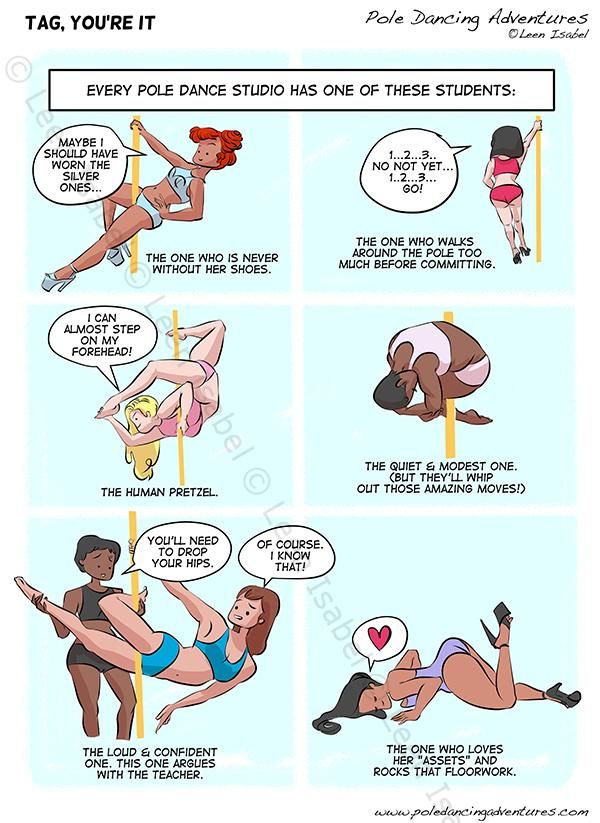 You communicate with a large number of people, attend a greater number of professional events - you completely immerse yourself in the party, they begin to recognize you. Basically, all championships and festivals are held in Moscow, which is also convenient. Compared to Vladimir, here in terms of dance it turns out to develop faster.”
You communicate with a large number of people, attend a greater number of professional events - you completely immerse yourself in the party, they begin to recognize you. Basically, all championships and festivals are held in Moscow, which is also convenient. Compared to Vladimir, here in terms of dance it turns out to develop faster.”
Pole dance and its offshoots are not professional sports, so it is impossible to earn official certificates and regalia. But there are associations (or parties, as Anya says) of dancers, within which you can become a queen. So, our Vladimir dancer is known in professional circles. Together with the capital's coaches, she is working on joint projects. By the way! Pole dancers have a code of ethics, following which they cannot perform in nightclubs for money.
“Therefore, who is into what much. Someone creates their own solo dance projects and performs at events where you need to show a sports or dance show. Someone additionally works in ensembles, performs in the circus.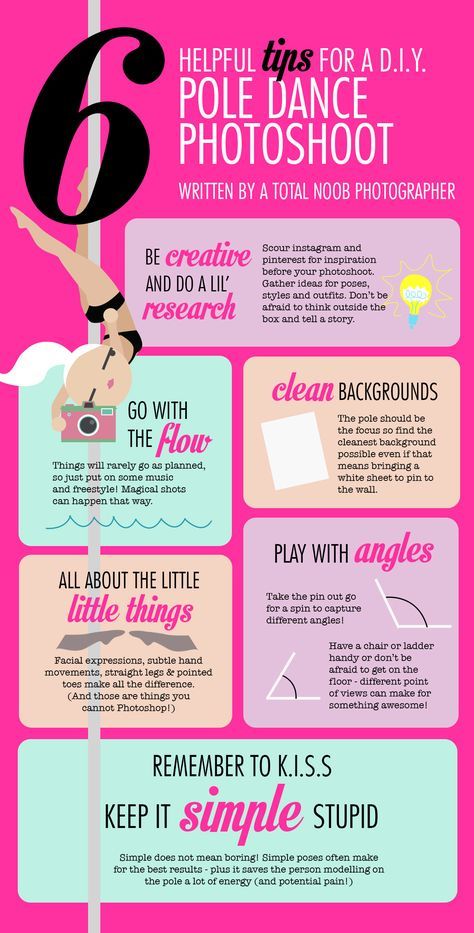
Dance is closely related to sports, especially when it comes to the pole. By choosing such an exotic direction, Anya says, you can pump your body and self-confidence. With time, femininity, smoothness of movements will come. It doesn't matter what physical form the girl is in for her first workout. The main thing is the desire to become stronger and better. Months and years later, the dancers look at themselves in the mirror and get inspired by getting rid of the “squeezed and angular girl” complexes.
They know how to dance, riveting the attention of all those gathered in the hall.
During the quarantine period, Anya admits, she has significantly lost her shape. Some of her colleagues rested at home and did not study, but the girl tried:
“I set up a pole for myself in the country and practiced, but, of course, the atmosphere is not the same. With constant training, it will not be difficult to restore shape, however, it is unpleasant - at some points you will have to get used to it again.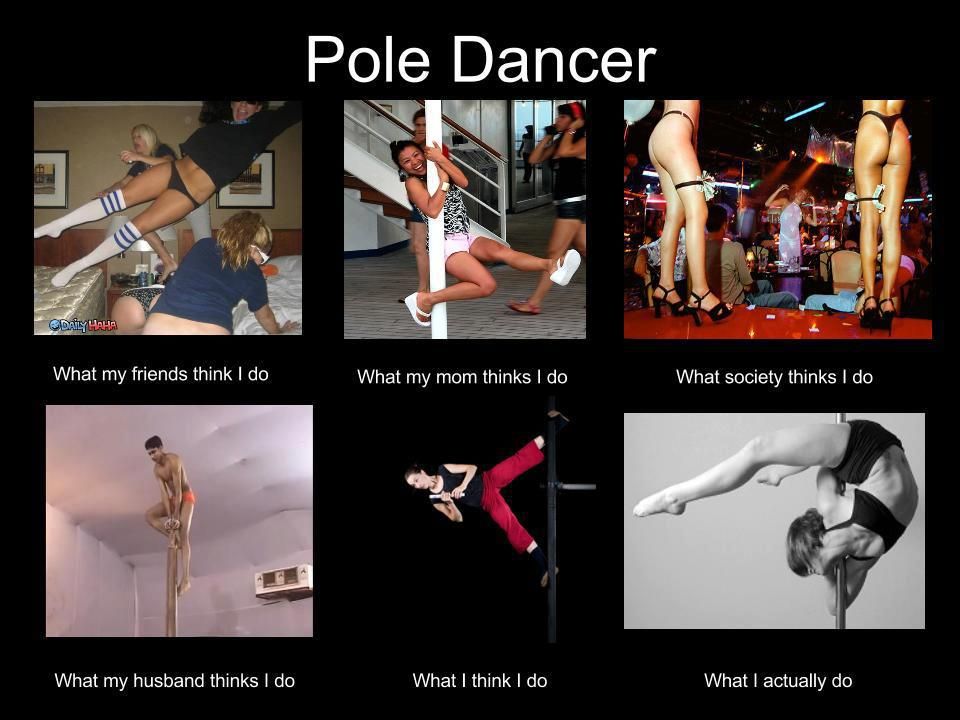 Now we plan to return to work, we will continue to look at the situation. I wanted to go to the championships in Europe this year, but everything was cancelled. As soon as possible, we will apply."
Now we plan to return to work, we will continue to look at the situation. I wanted to go to the championships in Europe this year, but everything was cancelled. As soon as possible, we will apply."
For the Russian championships, everything is also sad so far, but Anya and her colleagues have already planned to participate in several competitions. Such is the interesting life of exotic pole dancers, and in some ways it resembles a sports career, don't you think?
Why pole dancing is an art
Most people associate pole dancing with striptease, and those who practice it seem to be insidious seductresses. A reader of Gazeta.Ru realized from her own experience that it is difficult to dance on the pole, and there is nothing indecent in it. Understood and shared with us.
I've been in pole dancing for almost three and a half years, and during all this time some people are very persistently trying to prove that between my hobby and striptease, you can and should put an equal sign. Before, of course, this hurt me, but then I realized: most people know about pole dancing only that a pole (pole) is used for it. And what do they associate with the sixth? That's right, striptease.
Before, of course, this hurt me, but then I realized: most people know about pole dancing only that a pole (pole) is used for it. And what do they associate with the sixth? That's right, striptease.
Very unpleasant comments appeared under my photos on social networks more than once, because the stereotypical notion that half-dancers are completely debauched is still quite common. But, it would seem, pole dance has long come out of the shadows and has become one of the sports (officially - since October 2, 2017).
I always knew that half-dance is a dance, and dancing is an art. And I have always been fascinated by dancing. When I saw what half-dancers were doing, I decided that I wanted to do that too.
It took about a year for my “want” to turn into “do”. There were some fears and doubts, which, by the way, were also among other newcomers with whom I talked. Basically, they were formulated in the form of the phrase “I can’t, I have weak arms, weak abdominal muscles, not a good enough figure, and in general, am I an acrobat or something?” Doubts disappeared when I saw Olga Koda's number. Then the idea that in any case everyone starts somewhere took over, and I began to act: I found a school near my house, came to a trial lesson, all such a small and trembling schoolgirl, enthusiastically looking at experienced dancers who performed crazy tricks somewhere under the ceiling of the hall.
Then the idea that in any case everyone starts somewhere took over, and I began to act: I found a school near my house, came to a trial lesson, all such a small and trembling schoolgirl, enthusiastically looking at experienced dancers who performed crazy tricks somewhere under the ceiling of the hall.
At the first lesson, all I did was walk around the pole and try to master the basic elements, for which my level of physical fitness was clearly not enough. But I didn’t quit - I wanted to surprise myself too much and find out what I was capable of. I must say I was surprised. Sometimes we can’t even imagine what our body is capable of. I thought that hangings and handstands were for the elite. Now I understand that this is the lot of those who train hard.
A couple of months later I climbed the pylon without any problems. Under the very ceiling, that was joy! Six months later I learned the basic tricks. And to those who say that pole dance is simple, “walk around the pole and slowly take off your clothes,” I answer: you are wrong (I would have put it much sharper before).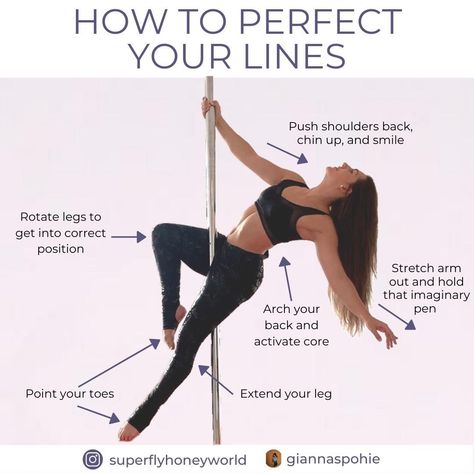
First of all, pole dancing does not involve stripping. Exposure of some parts of the body (arms, legs, back) is allowed solely in order to improve grip with the pole. In other words, in ordinary clothes, you will simply slide down a smooth steel stick and hurt yourself.
But dancers don't wear shorts, tank tops or leotards to seduce anyone.
Moreover, the rules of various competitions are strictly regulated: how much exposure is allowed, what kind of suit can and cannot be worn, what width the gusset of shorts should be, etc. Yes, there is a separate direction in half-dance - pole exotic - it’s not the tricks that come to the fore, but the choreography, grace, sensuality. However, total nudity during performances is prohibited, which many do not know.
In general, there are many things in the history of pole dance that people who are not related to this area have hardly heard about. For example, that originally a pole, though wooden, was used by the Indians as a yoga equipment (XII century), and this discipline was called Mallakhamb (“pole gymnasts”).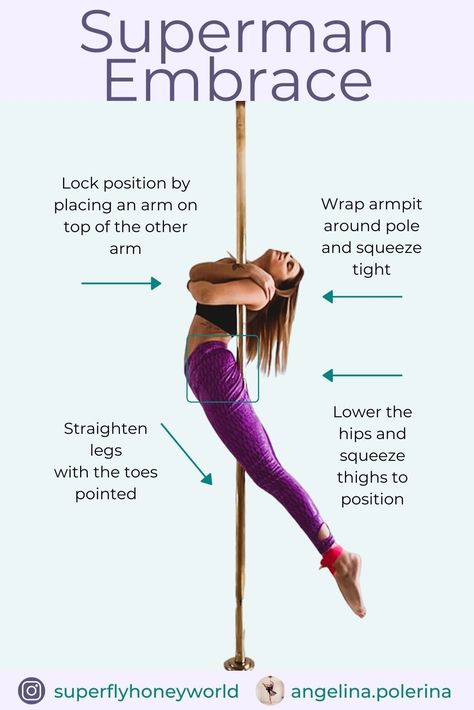 There was another one, which is more reminiscent of modern pole dancing, - Mallastambha ("pillar gymnasts"). The iron pole was used for Indian fighters to train their strength and agility. Some sources report that the pylon or pole was used in their ritual dances by women in African and Indian tribes. Previously, he embodied the symbol of the masculine, but then the dances at the pole also had a spiritual aspect.
There was another one, which is more reminiscent of modern pole dancing, - Mallastambha ("pillar gymnasts"). The iron pole was used for Indian fighters to train their strength and agility. Some sources report that the pylon or pole was used in their ritual dances by women in African and Indian tribes. Previously, he embodied the symbol of the masculine, but then the dances at the pole also had a spiritual aspect.
For several centuries, half-dance developed only in the circus arena (it still exists today). In the second half of the 20th century, the "function" of pole dancing was seduction. Since the 1990s, the pole dance that we see now has appeared, and this is the merit of the Canadian Fonnier Munday, who recorded educational videos, thanks to which the society learned about this dance direction.
Those who think that half-dance is a sport exclusively for girls are mistaken.
Older women (Greta Pontarelli known in this circle for more than 60 years), and men (winner of the World Championship in Beijing 2015 Dmitry Politov, three-time world and Russian champion Evgeny Greshilov) and even children (Emily Moskalenko) represent the dance direction.